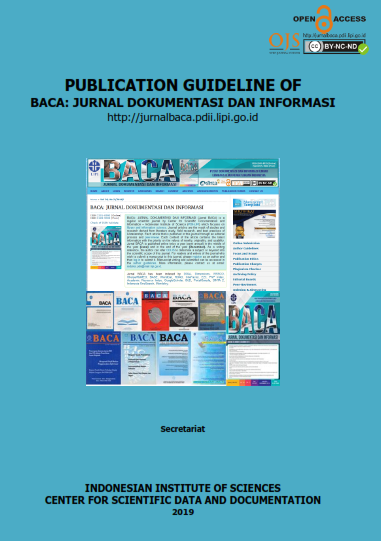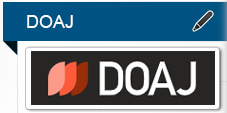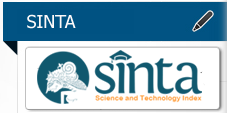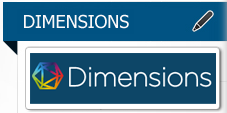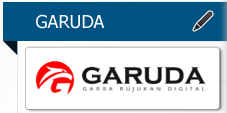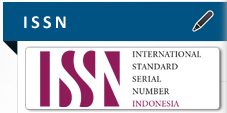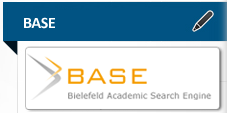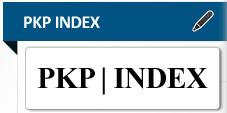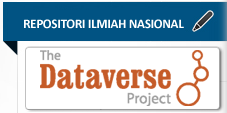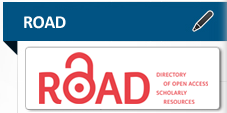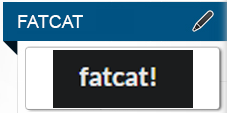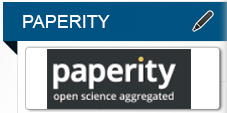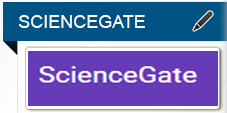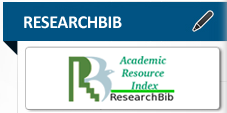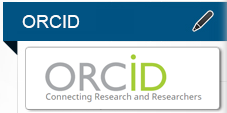KEMAMPUAN MENELUSUR KATALOG DARING: HASIL PENGUJIAN KATALOG DARING PADA 10 PERPUSTAKAAN BESAR DI INDONESIA
Abstract
The study aims to find out whether important search techniques could be employed to find records in the ten online public access catalogs (OPACs) tested. The following search tests are conducted: (1) test to determine the fields used as access point to records, and the number of fields searched when a two-word syntax was used; (2) search using one to three charaters, one word, and English stopwords; (3) search using boolean AND, OR or NOT and their combinations; (4) phrase search; (5) truncation search; and (6) search using filters (e.g., language or year of publication) provided by the OPACs. Results of the tests were: (1) access to records was available through title, author, subject, series, and note in eight systems; (2) a two-word syntax was searched only in one field in all systems; (3) English words and syntaxes of one to three characters were searched in eight systems; (4) boolean operators AND, OR and NOT and their combinations could be used only in one system; (5) search employing filters could be performed in three systems. It was concluded that nine of the ten OPACs could not provide optimal access to records. The OPAC is the only access to library collections for those who search through the Internet; therefore, complete search tests of its search facilities are required before a system is released. Further research is needed to find efficient search test methods that could be used by the developers and librarians to prove that a search facility functions.
Keywords
Full Text:
PDFReferences
Antelman, Kristine; Emily Lynema; Andrew K. Pace. 2006. “Towards a twenty-first century library catalog”. Information Technology and Libraries, 25 (3): 128 – 139.
Armansyah, Cut; Mulni Adelina Bachtar; Kamariah Tambunan. 2005. Directory of special libraries and information sources in Indonesia. Twelfth ed. Jakarta: Pusat Dokumentasi dan Informasi Ilmiah LIPI.
Borgman, Christine L. 1996. “Why are online catalogs still hard to use?”. Journal of the American Society for Information Science, 47 (7): 493 – 503.
Breeding, Marshall. 2007. “Introduction to ‘Next generation library catalogs’”. Library Technology Reports, 43 (4): 5 – 14 .
Google. “Google Advanced Search”. (www.google.ca/advanced_search, diakses 28 April 2014).
Hafter, R. 1979. “The Performance of Card Catalogues: a Review of Research”. Library Research, 3 (1).
Hildreth, Charles R. 1987. “Beyond Boolean: Designing the Next Generation of Online Catalogs”. Library Trends, 35 (4): 647 – 667 .
Hildreth, Charles R. 1995. Online Catalog Design Models: Are We Moving In The Right Direction? Washington, D.C.: Council on Library Resources.
Lau, Eng Pwey; Dion Hoe-Lian Goh. 2006. “In Search of Query Patterns: a Case Study of a Univeristy OPAC”. Information Processing and Management, 42: 1316 – 1329.
Library of Congress Online Catalog. 2015. “Search/Browse Help – Keyword Search”. (http://catalog.loc.gov/vwebv/ui/en_US/htdocs/help/ searchKeyword.html#expert. diakses 2 Mei 2015).
Mi, Jia and Cathy Weng. 2008. “Revitalizing the Library OPAC: Interface, Searching, and Display Challenges”. Information Technology and Libraries, Mar.: 5 – 22.
Mitev, Nathalie Nadia; Gillian M. Venner; Stephen Walker. 1985. Designing an Online Public Access Catalogue: Okapi, a Catalogue on a Local Area Network. London: British Library.
Tam, Winnie; Andrew M. Cox. 2009. “Students User Preferences for Features Fo Next-Generation Opacs: a Case Study of University of Shefield International Students”. Program: Electronic Library and Information Systems, 43 (4): 349 – 374.
Unesco. 2000. CDS/ISIS for Windows: reference manual (version 1.0). Paris.
DOI: https://doi.org/10.14203/j.baca.v36i1.201
Copyright (c) 2016 JURNAL DOKUMENTASI DAN INFORMASI

This work is licensed under a Creative Commons Attribution-NonCommercial-NoDerivatives 4.0 International License.











